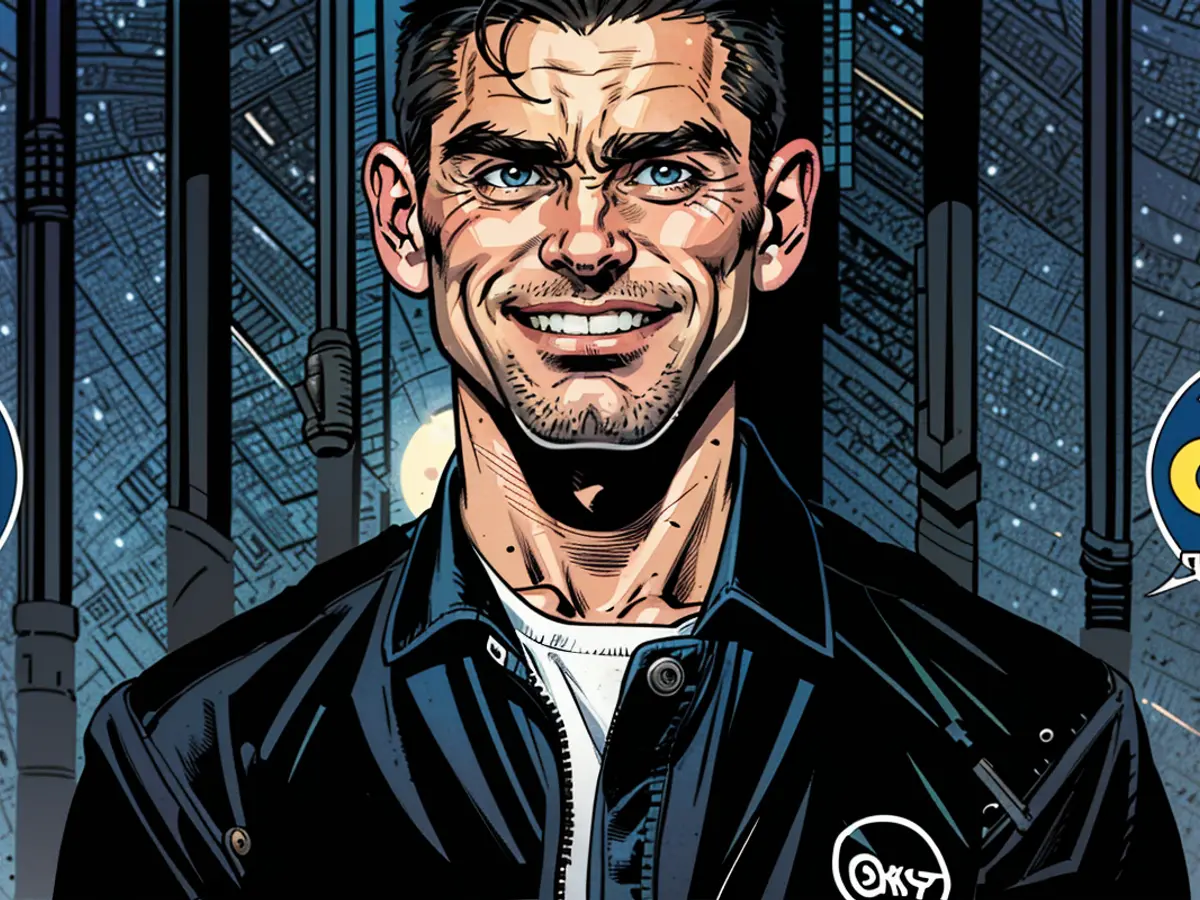ESA: Stay on ISS for British astronaut McFall despite disability possible
I have proven that I have met the requirements, stated McFall on Friday before journalists. "This doesn't guarantee me a flight opportunity, but we have proven that it is technically possible for a person with the same disability as mine", he added.
McFall, who is a 43-year-old surgeon and a former Paralympic champion in sprint, was selected by the ESA to participate in their training program in 2022.
McFall, who might be the first "Parastronaut" in history, already took part in the astronaut basic training, including survival training under extreme conditions.
McFall tested his ability to evacuate the spaceship that takes astronauts to the ISS in an emergency. "I had to wear my prosthesis during the launch in my spacesuit", explained McFall, who lost a leg in a motorcycle accident when he was 19 years old.
The sports equipment in the station, such as running belts and home trainers, could be used by him without problems, as the study showed. This is important to protect the body from the effects of microgravity.
The ESA aims to find out if and under what conditions a space mission is possible for people with disabilities. "We are taking it step by step. We first want to focus on the feasibility in the case of John McFall and then expand the study to other disabilities", said Reineix.
- Despite McFall's proven capabilities, an impediment in securing a flight opportunity remains, as stated by ESA.
- ESA, the Space Agency, is actively exploring the feasibility of space missions for individuals with disabilities, with McFall's case serving as a key study, as mentioned by Reineix.
- The success of McFall in basic astronaut training, including survival training on the International Space Station, challenges the previously held beliefs about the capabilities of individuals with disabilities.
- As part of ESA's program, McFall, who aims to become the first "Parastronaut" in history, will continue his training for the ISS-Stay mission, which includes testing equipment like running belts and home trainers to mitigate the effects of microgravity.







